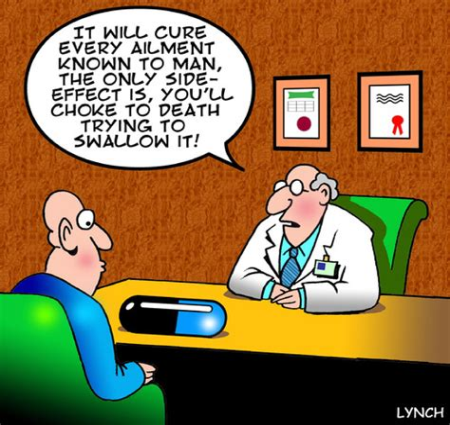Dalia Faheid, October 9, 2023 Ft Worth Telegram
In September, updated COVID-19 vaccines targeting a newer strain of the omicron variant were approved for use in the United States and are now available in many pharmacies and clinics, but are the side effects the same as the previous vaccines?
One study found that 32% of people who did not get an updated COVID shot were worried about side effects. The possible side effects reported for the updated COVID vaccine are the same as with the previous vaccines, according to Johns Hopkins.
What to know about the updated COVID vaccines
These updated shots are the only COVID vaccines that are available this season, per the Centers for Disease Control and Prevention. They’re monovalent vaccines, meaning there’s only one component, targeting the XBB.1.5 variant, compared with the previous bivalent COVID vaccine that targeted both the original strain and omicron variant strains of COVID. One dose of the updated Pfizer or Moderna mRNA COVID-19 vaccine is recommended for individuals 5 years and older, while two doses of the newly approved Novavax protein-based vaccine are authorized for people 12 years and older.
Instead of calling the new shot a booster, The Food and Drug Administration has shifted to calling it an updated COVID vaccine. The wording change reflects how COVID is now treated like influenza, with annual vaccination, according to Johns Hopkins. It also reflects that it’s not boosting existing immunity from previous vaccination, but building a new immune response to currently circulating variants.
Side effects of new COVID shot
“Individuals who receive an updated mRNA COVID-19 vaccine may experience similar side effects as those reported by individuals who previously received mRNA COVID-19 vaccines,” the FDA says.
According to the CDC, common side effects can include:
- Pain, swelling and redness on the arm where the shot was given.
- Tiredness, headache, muscle pain
- Chills
- Nausea
- Fever
The following are the severe, rare side effects of COVID vaccines, per the CDC:
- Anaphylaxis, a severe type of allergic reaction, has occurred at a rate of approximately five cases per one million vaccine doses administered. Health care providers can effectively and immediately treat the reaction if it happens.
- Myocarditis, inflammation of the heart muscle, and pericarditis, inflammation of the outer lining of the heart, have been reported at the highest rates among males in their late teens and early 20s, usually following the second dose of the vaccine. Most patients with myocarditis or pericarditis after COVID-19 vaccination responded well to medicine and rest.
How to relieve common side effects of COVID vaccines
- Talk to your doctor about taking over-the-counter pain relievers after your vaccine.
- Get some rest if possible.
- Drink liquids often for 1-2 days after getting the vaccine.
- To relieve pain or swelling on the arm where you got the shot, apply a clean, cool, wet washcloth or ice pack over the area. Keep moving and using your arm. A cool bath can also be soothing.
- To reduce discomfort from fever, drink plenty of fluids and wear comfortable clothes.
When to seek medical care for side effects of COVID vaccine shot
- Call your doctor if arm pain gets worse after one day or side effects do not go away after a few days. Call 9-1-1 if you think you or your child might be having a severe allergic reaction.
- If you experience emergency warning symptoms like trouble breathing, persistent pain or pressure in the chest, or bluish lips or face at any time after receiving your COVID-19 vaccine, call 9-1-1 immediately.
